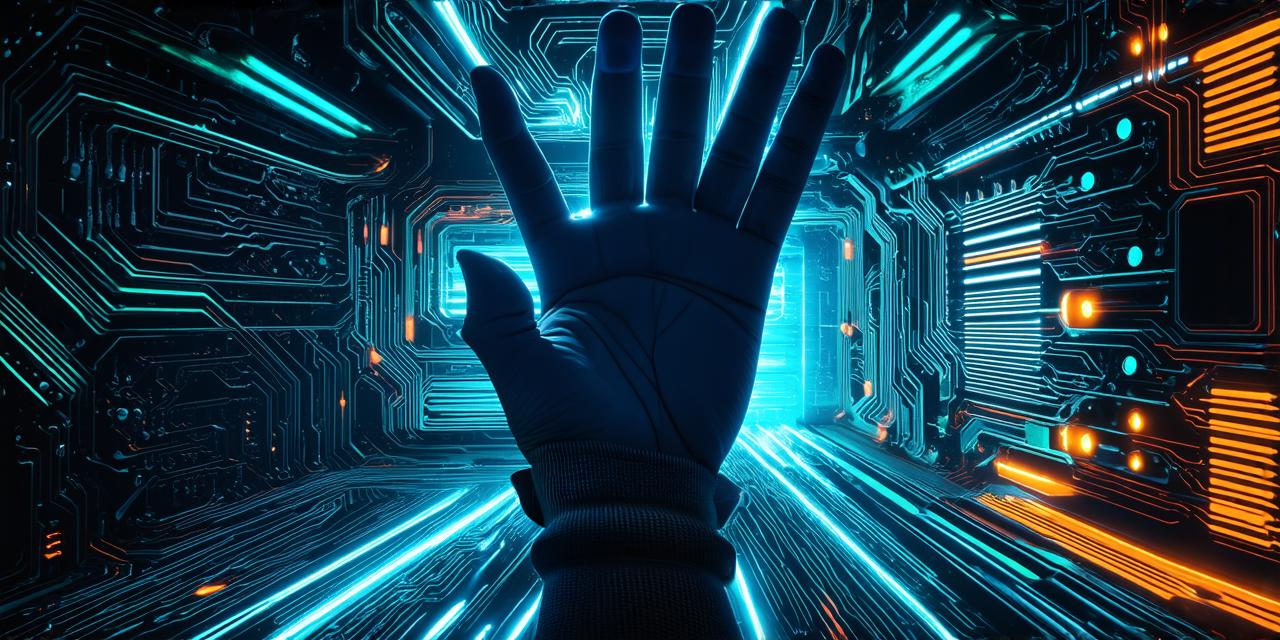Virtual reality (VR) technology is rapidly advancing, and it’s becoming increasingly popular in various industries such as gaming, education, healthcare, and real estate. VR devices like the Oculus Rift, HTC Vive, and PlayStation VR have been widely adopted by consumers, and developers are looking for ways to create immersive experiences that captivate audiences.
But who creates virtual reality? In this comprehensive guide, we’ll explore the different roles involved in creating VR content and the skills required to excel in each role. We’ll also examine some of the latest trends and technologies that are shaping the future of VR development.
1. Virtual Reality Developers
Virtual reality developers are responsible for creating the actual VR experiences that users will interact with. They use specialized software like Unity and Unreal Engine to build immersive environments, characters, and interactive objects.
To become a VR developer, you need to have a strong background in programming and game development. You should also be familiar with 3D modeling and animation tools like Blender and Maya. Additionally, you should have experience working with VR hardware and software, and be proficient in debugging and troubleshooting issues that may arise during development.
One of the key skills required for VR developers is attention to detail. Since VR experiences can be disorienting, even small mistakes can ruin the immersion. VR developers must also have a deep understanding of human perception and how it’s affected by virtual environments.
2. User Experience (UX) Designers
User experience (UX) designers are responsible for creating intuitive and engaging interfaces that guide users through VR experiences. They use design thinking principles to create user-centric designs that are easy to navigate and provide a seamless experience.
To become a UX designer in VR, you need to have a strong background in interface design and interaction design. You should also be familiar with VR hardware and software, and be able to create prototypes and wireframes using tools like Figma and Sketch. Additionally, you should have experience working with developers to ensure that your designs are feasible and can be implemented in the final product.
One of the key skills required for UX designers is empathy. VR experiences can be isolating, and users may feel disconnected from the real world. UX designers must be able to understand the user’s perspective and design interfaces that make them feel connected and engaged.
3. 3D Artists
3D artists are responsible for creating the 3D models, textures, and animations that bring VR experiences to life. They use software like Blender, Maya, and ZBrush to create realistic characters, environments, and objects that users can interact with.
To become a 3D artist in VR, you need to have a strong background in 3D modeling and animation. You should also be familiar with texturing and lighting techniques, and be able to create believable environments and objects using tools like Photoshop and Substance Painter. Additionally, you should have experience working with developers to ensure that your models are optimized for VR hardware and software.
One of the key skills required for 3D artists is attention to detail. Since VR experiences are often viewed from a very close perspective, even small mistakes can ruin the immersion. 3D artists must also have a deep understanding of human anatomy and be able to create realistic characters and environments that accurately represent the real world.
4. Motion Capture Experts
Motion capture experts are responsible for capturing the movements of live actors and translating them into lifelike animations in VR experiences. They use specialized cameras and sensors to track an actor’s every movement, and then use that data to create realistic character animations.
To become a motion capture expert in VR, you need to have a strong background in animation and acting.
